At the start of 2022, the New York Times introduced a fellowship for crossword constructors. The aim of the fellowship is to increase the diversity of their puzzles so that underrepresented groups are considered when puzzles are created. This is one of the many actions The New York Times has taken to solidify its puzzle strategy.
There has been much talk and experimentation in the area of games for audience growth and habit formation. However, it seems there is no clear one-size-fits-all gamification strategy for publishers.
Wordle bringing habit formation mainstream… again
The current hype around Wordle has shown again the importance of habit formation. What began as a game designed by a software engineer for his puzzle loving partner has become a viral sensation with over 2 million users at the start of 2022. The game releases a daily puzzles that challenges users to guess a different English 5 letter word in 6 turns.
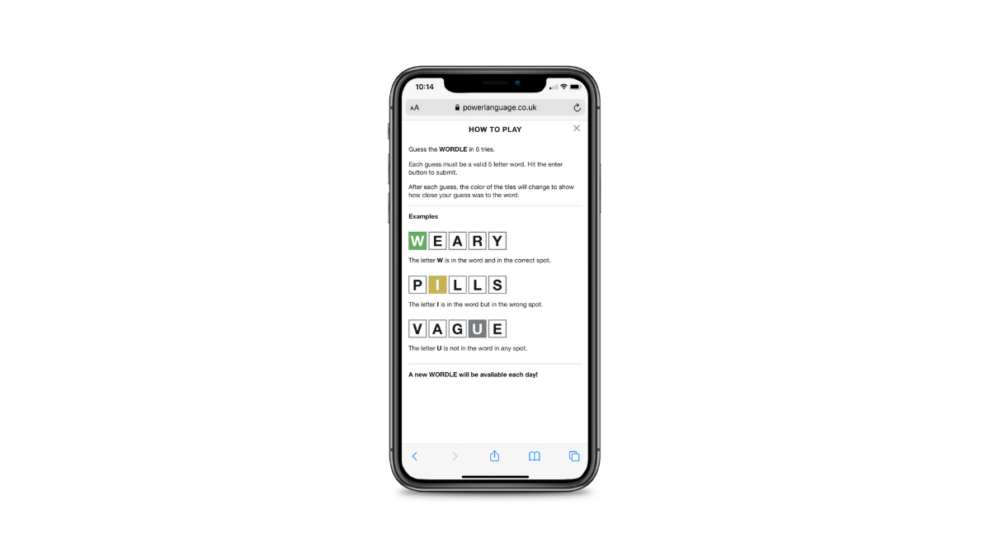
Building streaks and have something to look forward to each day is addictive for most people (including myself). But the desire to compare scores and friends with one’s friends is even more addictive. Even at Twipe we have our own Wordle Slack channel!
Wordle’s beauty lies in its simplicity and clean design. By being something people are required to play just once a day, it fits into our daily routine. It is a perfect hook for the habit formation process. For those who don’t want to get their Wordle fix spoilt, then guess the word before your first daily scroll on Twitter. A Twitter bot has already been made that reveals tomorrow’s word! (No spoilers here or through the link though, we couldn’t do it to ourselves).
Puzzles: The original habit formation tool
Puzzles are the original gamification and habit-formation tools for newspapers. Their draw has begun to travel over to digital. Their anticipation of reward has proved to be a powerful habit-forming tool.
The provision of puzzles is particularly important for publishers in the USA as just 55% are interested in the news.
The Wall Street Journal discovered that puzzles played a major role in reducing churn. They therefore decided to add Puzzles as part of their onboarding experience, to encourage subscribers to get into the habit of playing daily puzzles.
At The Telegraph in the UK, puzzles play a vital role in habit formation for their subscriber-first strategy. Not only do their newspaper crosswords have a loyal following, but they drive retention habits with the answers posted in the following day’s edition. Telegraph subscribers are also now able to play their daily puzzles directly inside their digital edition app on Twipe’s NextGen platform. This has helped the Telegraph to reach over 544,000 digital subscribers in January 2022. A fast growing number, this represents an increase of over 150,000 from January 2021.
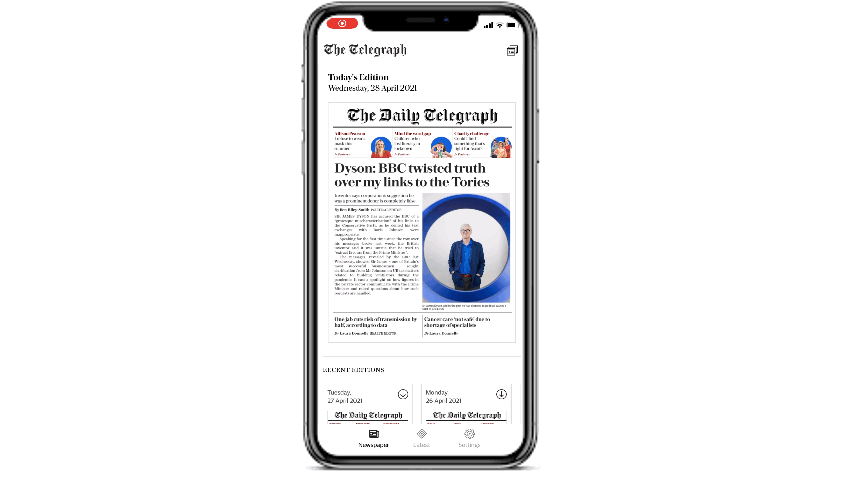
Gamification tactics for increasing subscription value
Whilst growing data points is a great start, publishers have taken this further: by growing their actual audience base.
In 2015, Le Monde introduced their app “La Matinale”. Here, users swipe the news in a Tinder-like fashion. Designed to attract a younger audience, readers were presented with a story-like view and either swiped left or right to determine what news interested them. This swiping built a reading list from the article stories within the edition. A subscriber-only product, it has helped Le Monde to pass 400,000 digital subscribers.
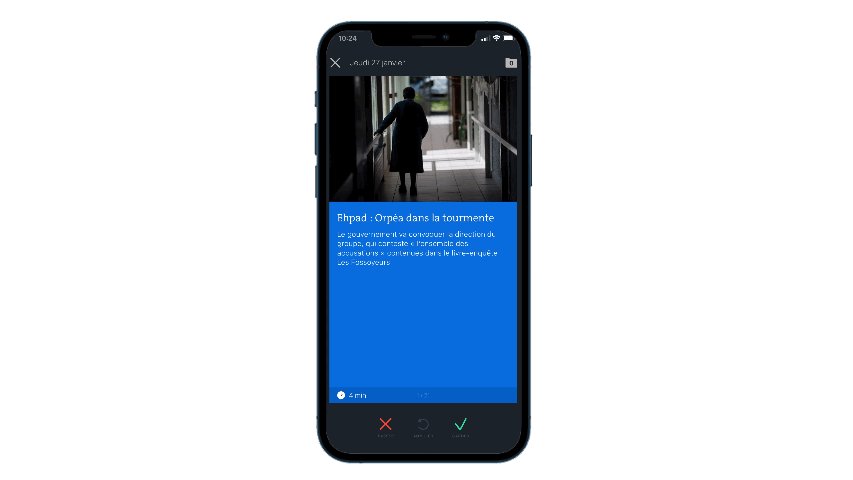
Also in France, Ouest-France created their digital-only edition “L’Édition du Soir” in 2013 with Twipe. Ouest-France decided that L’Édition du Soir needed to be built of a content offering optimised for the interests of readers in the evening. Puzzles and games were therefore a great addition to help readers relax alongside reading the news.
Each edition features quizzes related to the day’s news, to test knowledge retention, and more light hearted pop culture related quizzes. For Digital Editor of Ouest-France Edouard Reis Carona, the quizzes have been essential for the large number of page views they generate. All this focus on gamification has helped L’Édition du Soir to hit 10 million monthly readers.
Puzzles as a way to reach new audiences
Puzzles have also become an entry point for paying relationships between subscribers and publishers. The Guardian released their very own puzzles app in February 2020, just before the start of the pandemic. Their puzzles app is an interesting step in their journey to 2 million paid supporters by 2022.
Whilst their news content is free, puzzles app users are charged £3.49 a month. Inside the app, subscribers gain access to 15 crosswords a week alongside an archive of more than 15,000 puzzles. The app proved to be released at the perfect time as The Guardian launched a “Play Together” feature during the pandemic. This feature encouraged interactions between puzzlers. The app is a great way of beginning a paying relationship.
Across the channel in France, aforementioned publisher Le Monde have also introduced a separate puzzle subscription. Subscribers can pay €4.99 a month to get pure puzzle access to their content. Whilst their puzzles do not have their own app, they have their own web section for users to access.
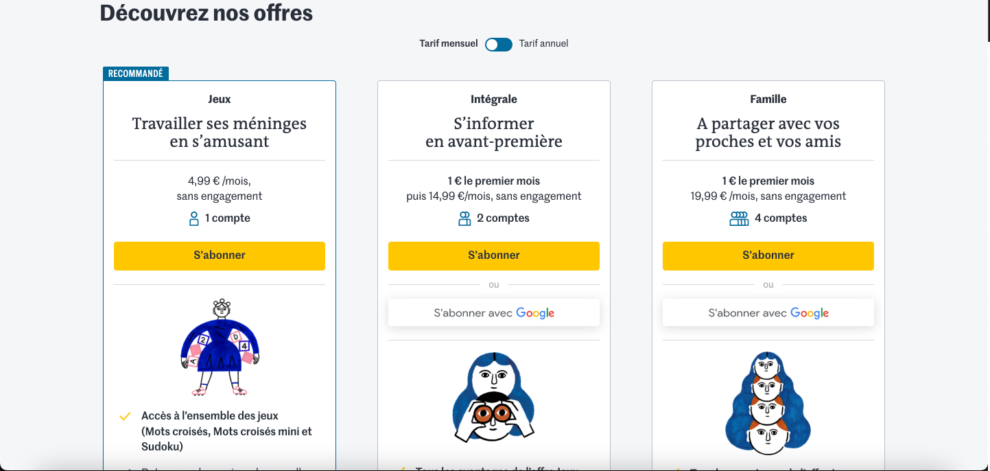
On a larger scale, The New York Times now have 1 million stand-alone subscribers to their puzzles app. Their mini crossword, a compact crossword designed specifically for habit-formation in 2014, was played a staggering 245 million times in 2021.
Building Zero-Party Data through Games and Puzzles
Data is at the core of understanding readers and being able to provide them with the best possible user experience. Whilst tech-giants are clamping down on third-party data, publishers are seeking new ways of finding useful data. But why choose gamification?
As consumers become more aware of their data, data collection is becoming more difficult. Puzzles and games have proved an entertaining and easy way to build up supplies of zero-party data. This data is purposely shared so that consumers can be part of interactive communities like leaderboards and have their experiences increasingly personalised. Inside these experiences, users can be followed and their engagement is tracked so that their habits can be better understood. After all, the better you understand a user the better experience you can provide them with.
This relationship of data provision between consumer and brand is based on trust and the proviso that it will offer a better experience. Therefore, publishers must be careful and respect this data.
“Users are surprisingly willing to volunteer data about themselves if they are provided with a compelling reason to do so, within a truly engaging gamified experience“
Oliver Hajjar, CRUX Knowledge
Dagens Næringslev start virtual game to enrich reader data
Dagens Næringslev (DN) in Norway have taken advantage of gamification to grow their audience data. In 2020, DN created their virtual stock market game Fantasy Fond. Users signed up to create a fantasy stock portfolio worth 1 million Norwegian Kroner. Their investments would go up and down in real time and would have an impact on their overall “finances” and leaderboard position.
Each weekly winner was named fund of the week and received a prize. At the end of the 10-week competition, the overall winner was crowned champion and received a prize worth 100,000 Norwegian Kroner. This element of competition was vital to ensure that users remained engaged. The desire to win and gain more information was a positive for the publisher.
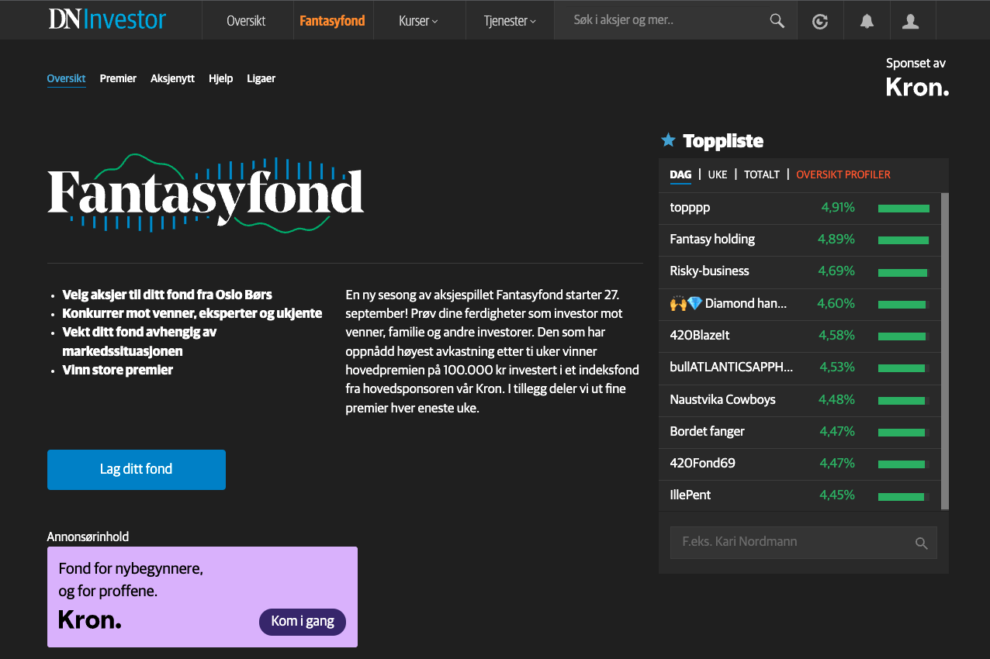
Players wanted the latest market information and DN aimed to become the place for that information. DN offered subscriber only webinars where players could receive more stock information and launched subscriber-only leagues with exclusive prizes. Over the course of the 3 seasons of the game, DN attracted over 28,000 registered users, with the next season set to launch in spring 2022. Not only did the DN get a significant amount of new data, but they also witnessed a growth in subscriptions.
As we’ve seen, puzzles and games can be leveraged in many ways. Dare to experiment with the habit forming tools!
